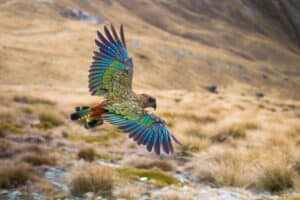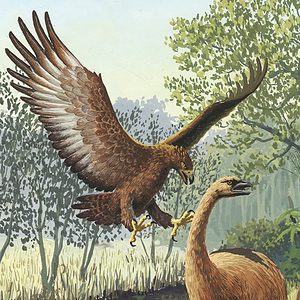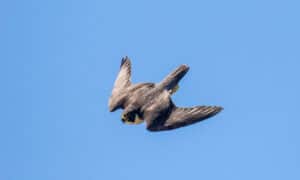Unlike numerous species of bird (or indeed animal) wherever you are in the world you are likely to come across pigeons. Found in urban centers, parks, gardens and in areas close to agriculture pigeons play a vital role in the up-keep of numerous different habitats.
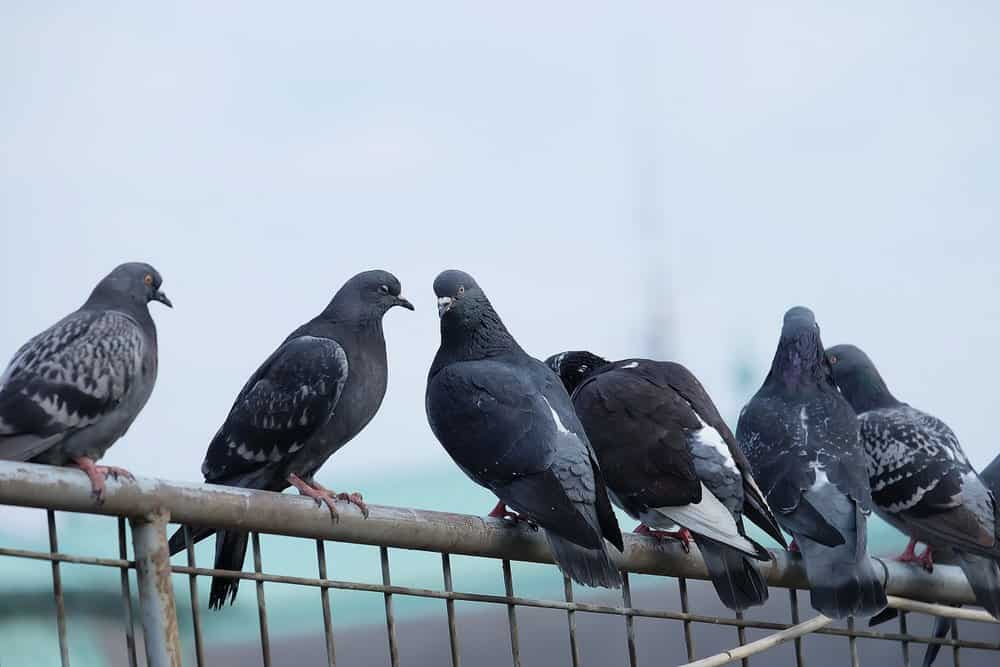
Pigeons can be found in urban centers, parks, gardens, and close to agriculture.
©Alice Arts Bar/Shutterstock.com
However, despite the fact that many people simply think that all pigeons are the same, a number of species can often be found together and although they are in fact very closely related to one another, there are key differences between them including appearance, behaviour and their calls.
Feral Pigeon
A descendant of the native Rock Dove (now confined to rocky coasts), the feral pigeon is now widespread and is particularly common in urban areas. Growing up to 33cm in length, feral pigeons can be recognised by their grey bodies, black-tipped tails and inky green feathers on their necks.
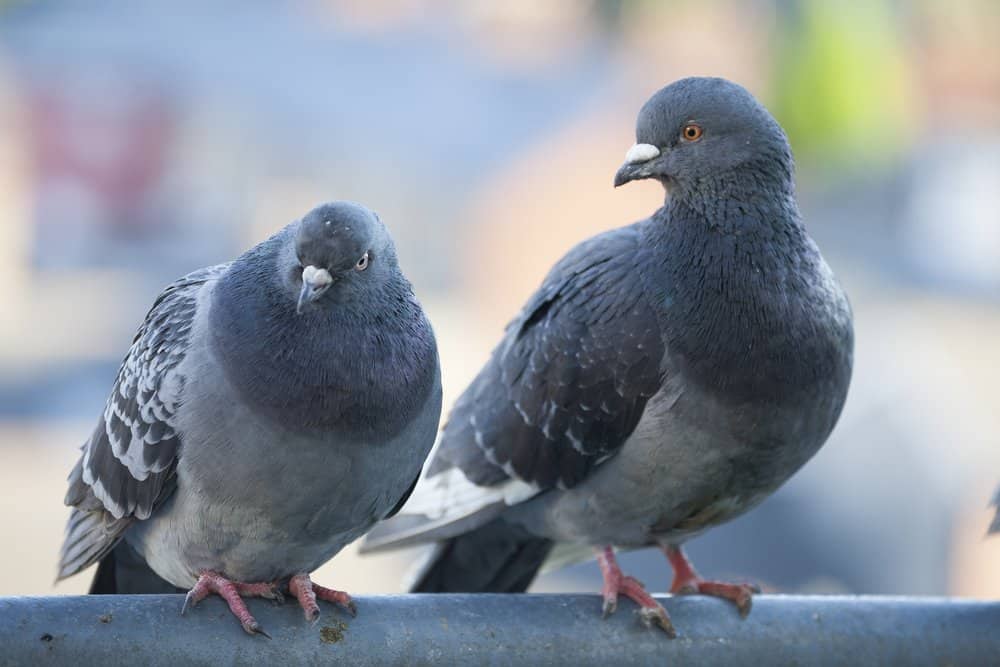
Feral pigeons are recognizable by their grey bodies, black-tipped tails, and green neck feathers.
©Julie A Lynch/Shutterstock.com
Stock Dove
Often found feeding in large flocks particularly over fields, the stock dove has a more uniform appearance than related species with a blue-grey body and a lack of a white rump. About the same size as feral pigeons, they nest in holes in the trees and can be found as far north as Southern Scotland depending on the habitat.
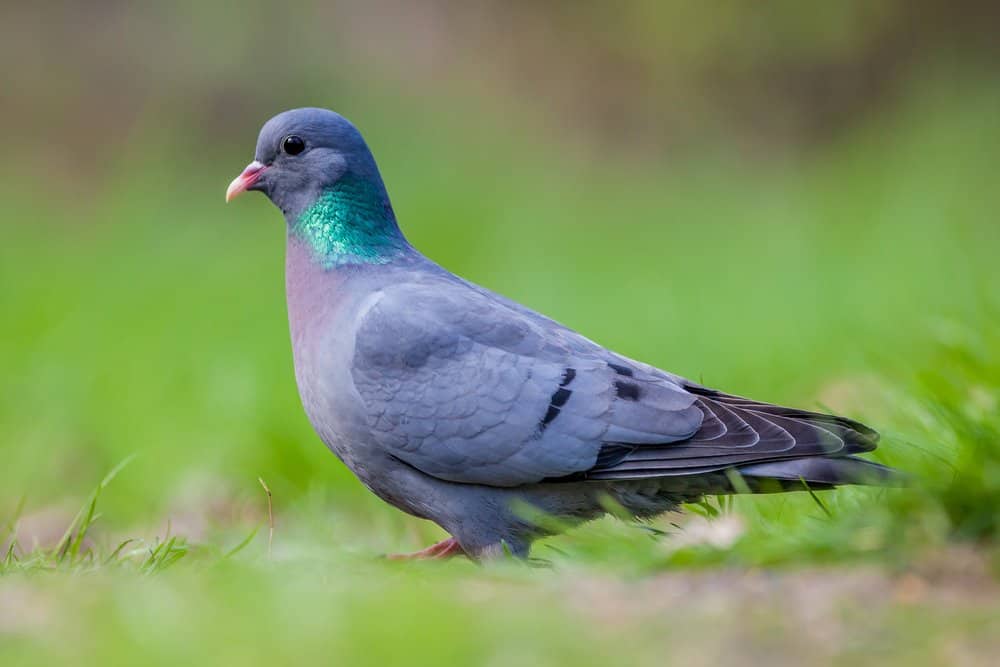
Stock doves have a more uniform appearance than other pigeon species. They can be identified by their blue-grey body and lack of a white rump.
©Rudmer Zwerver/Shutterstock.com
Wood Pigeon
One of the most common and easily-identifiable pigeons, wood pigeons can be found feeding close to farmland and are seen more and more in urban areas. One of the largest pigeons that grows to a length of 41cm, woodpigeons have a pinkish breast and blue-grey body and can often be heard taking-off with a loud clattering of their wings.

Collared Dove
Despite having been first recorded in the UK in the 1950s, they are now common and widespread but are most often found close to urban areas. Growing to around 32cm long, collared doves have sandy coloured bodies, with pinkish heads and underparts and a distinctive black band on the back of their necks.
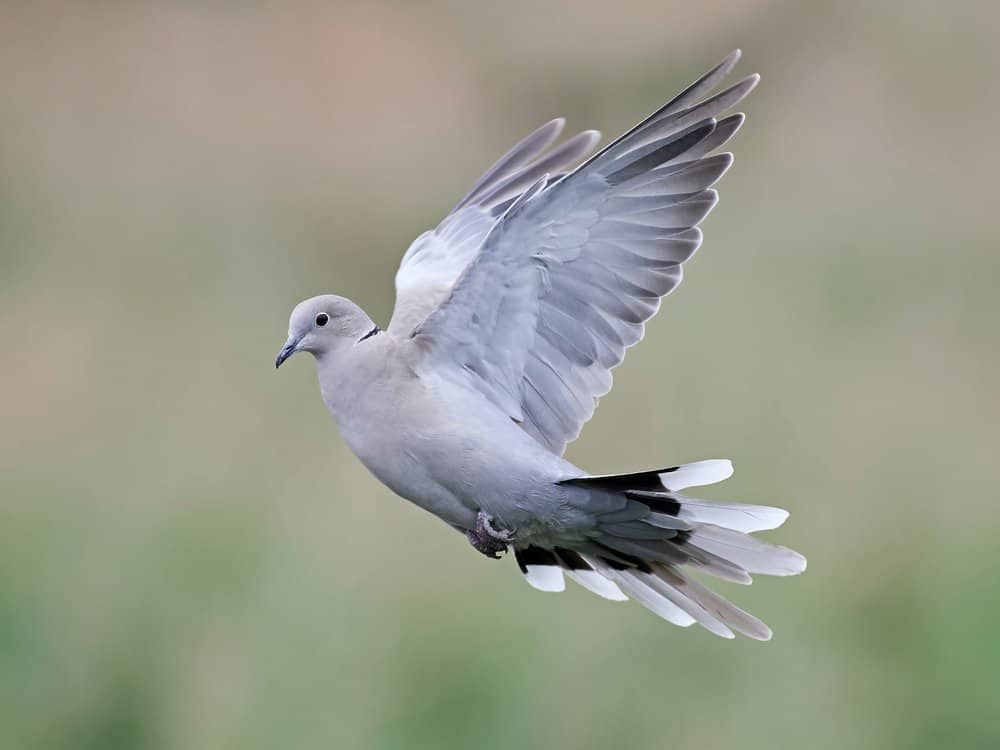
Collared doves have sandy-colored bodies with pinkish heads and underparts and a distinctive black band on the back of their necks.
©Dennis Jacobsen/Shutterstock.com
Next Up…
- White-winged Dove vs Mourning Dove: What are the Differences?: We have all heard about the mourning dove. However, what makes it different from white-winged doves? Find out here.
- How Did the Carrier Pigeon (Passenger Pigeon) Go Extinct and When?: The Carrier pigeons have gone extinct. When and How? Find out here.
- Pigeon vs Dove: 2 Key Differences Explained: Although they belong to the same family, doves are a little different from pigeons. How? Find out here.
The photo featured at the top of this post is © Julie A Lynch/Shutterstock.com
Sources
- David Burnie, Dorling Kindersley (2011) Animal, The Definitive Visual Guide To The World's Wildlife
- Tom Jackson, Lorenz Books (2007) The World Encyclopedia Of Animals
- David Burnie, Kingfisher (2011) The Kingfisher Animal Encyclopedia
- Richard Mackay, University of California Press (2009) The Atlas Of Endangered Species
- David Burnie, Dorling Kindersley (2008) Illustrated Encyclopedia Of Animals
- Dorling Kindersley (2006) Dorling Kindersley Encyclopedia Of Animals
Thank you for reading! Have some feedback for us? Contact the AZ Animals editorial team.



